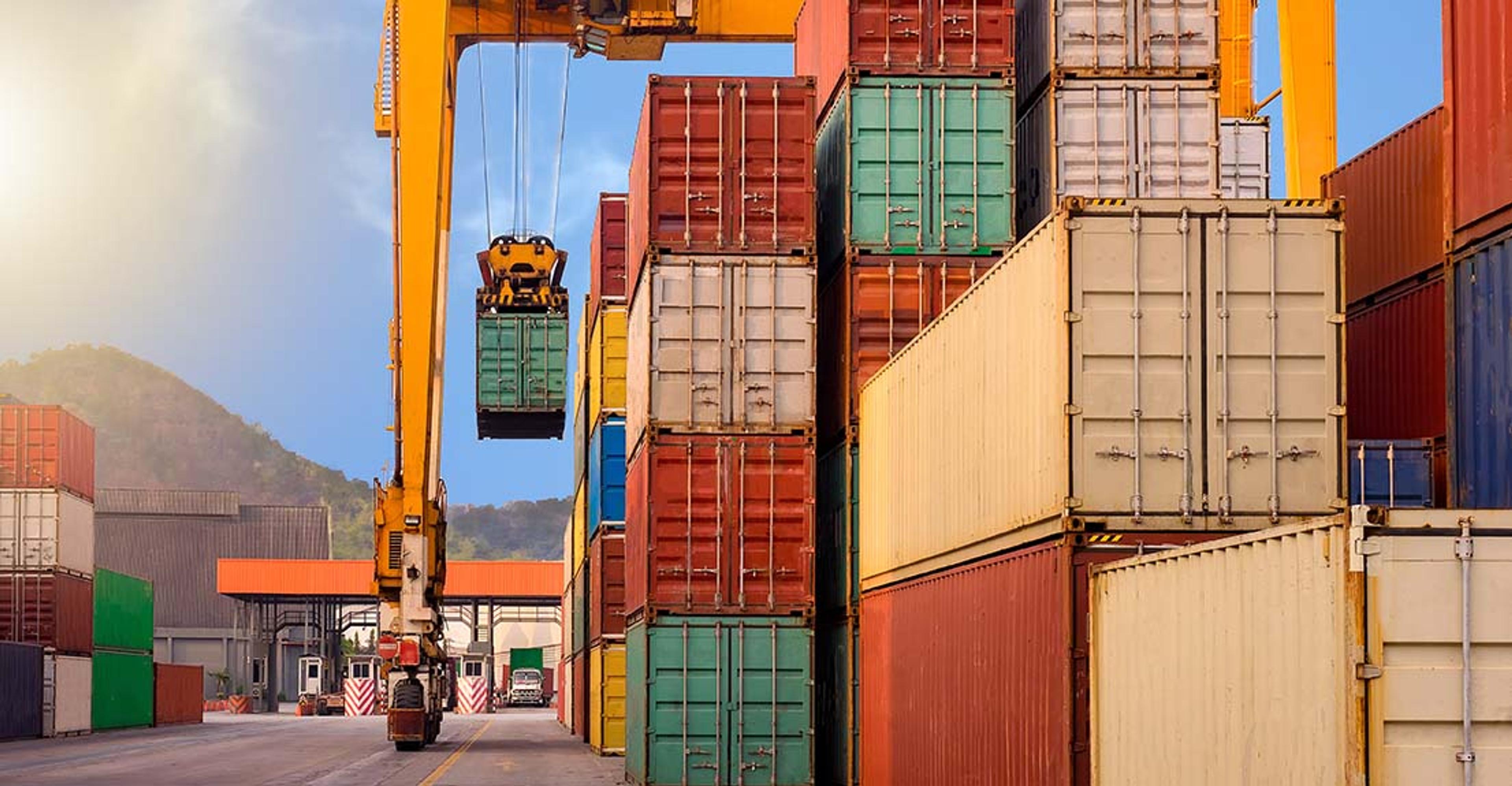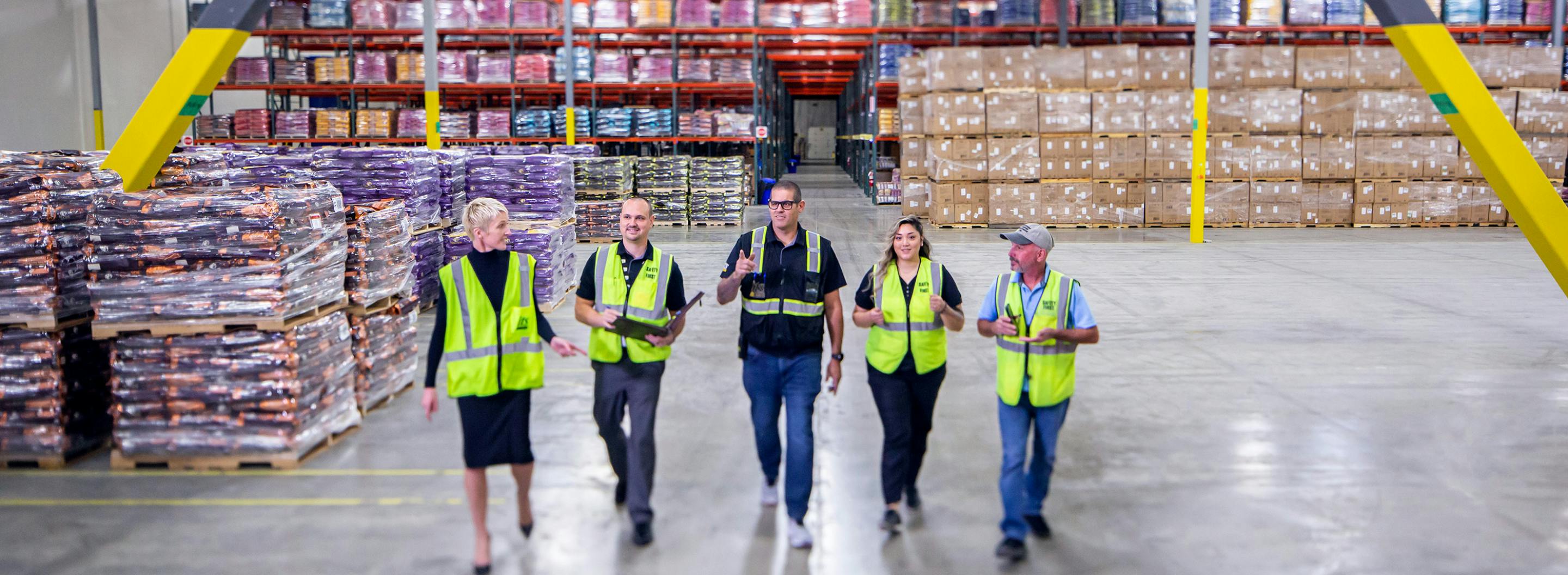IN THE NEWS: Drayage Outsourcing a Path to Solving Diversification Challenge

Journal of Commerce
January 8, 2025
Eric Johnson
FROM THE ARTICLE: The rise of 3PLs as managed transportation providers has been ongoing for decades. That trend means shippers need to understand the difference between handing off drayage allocation decisions to a 3PL versus having that 3PL make broad transportation decisions before and after the drayage leg as well.
The outsourcing dilemma that hangs over the transportation departments of most shippers is particularly thorny when it comes to managing US drayage allocation.
Because drayage is typically the lowest-cost leg of any import container move, it has chronically been subject to the least amount of attention from shippers. That has resulted in an environment where shippers are either reliant on single drayage providers in a specific port or they hand off drayage allocation decisions to third-party logistics providers (3PLs) or the container lines handling the ocean leg.
Whether it’s local events such as a terminal closure, a regional issue such as chassis provisioning, or macro issues such as Panama Canal transit restrictions, US port strikes or the collapse of the Key Bridge in Baltimore, most third parties feel they are in a better position to offer alternatives to a shipper than a shipper themselves might be able to discern.
....
“A typical broker does not have the technology or personnel expertise to manage the complexities of ocean container drayage,” said Paul Brashier, Vice President of Global Supply Chain at the third-party logistics provider ITS Logistics. “There is a gulf between a ‘broker’ and an asset-light transportation provider that uses brokerage authority to aggregate capacity.”
Brashier said shippers should have 3PLs demonstrate their ability to manage and aggregate capacity in multiple locations throughout North America at competitive rates, as well as accessorial management. That decision-making process also needs to take into account a 3PL’s technology and the experience of its operation teams.
“Additional capacity is always needed as geopolitical forces and shipper booking patterns change,” Brashier said. “Do you want to onboard the capacity to manage those headwinds in the moment or have them in place to execute when needed?”
One advantage of a managed transportation team associated with a 3PL is they tend to be able to make “quick pivots to the changes that can happen, in many cases overnight, in ocean container logistics,” Brashier added.



